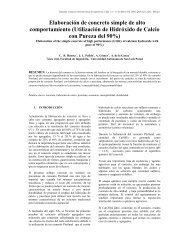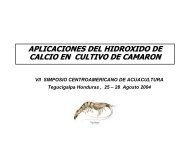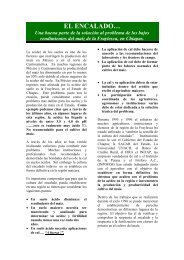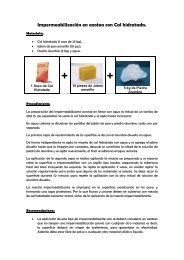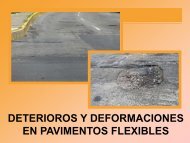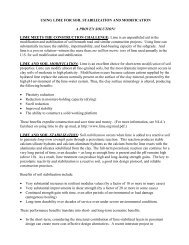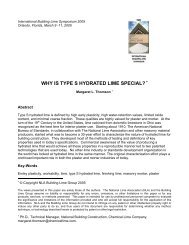Land Contamination: Technical Guidance on Special Sites: Acid Tar ...
Land Contamination: Technical Guidance on Special Sites: Acid Tar ...
Land Contamination: Technical Guidance on Special Sites: Acid Tar ...
You also want an ePaper? Increase the reach of your titles
YUMPU automatically turns print PDFs into web optimized ePapers that Google loves.
4.2.3 Comm<strong>on</strong> mistakesIt is possible that coal tars could be mistaken for acid tars, as both will tend to give rise tobarren ground – the pH is the factor distinguishing acid tars. The mobility of acid tars andtheir propensity to flow upwards and laterally creates the potential for c<strong>on</strong>taminati<strong>on</strong> of areaspreviously thought to be free of acid tars.4.2.4 Desk study check-list for acid tar lago<strong>on</strong>sHave the following specialist informati<strong>on</strong> sources been approached?- Department of the Envir<strong>on</strong>ment Industry Profile: Gas works, coke works and othercoal carb<strong>on</strong>isati<strong>on</strong> plants, 1995.- Department of the Envir<strong>on</strong>ment Industry Profile: Oil refineries and bulk storage ofcrude oil and petroleum products. 1995.Have historic maps and aerial photographs been studied to identify the locati<strong>on</strong> of formervoids that have been infilled?Has the likely source of the acid tars, in particular the nature of the process, beenestablished and any informati<strong>on</strong> <strong>on</strong> the producti<strong>on</strong> history and operati<strong>on</strong>al period ofproducti<strong>on</strong>?Were any of the following features present <strong>on</strong> the site?:- black or dark brown staining, evidence of oozing tars or unvegetated areas;- weathered surface tars;- hollows/depressi<strong>on</strong>s;- clay/gravel/sand pits;- bunded areas;- odorous areas; and- areas of former fires.If yes to any of the above has the extent of these been established?4.3 Site Inspecti<strong>on</strong> and Investigati<strong>on</strong>4.3.1 Site inspecti<strong>on</strong>The site inspecti<strong>on</strong> visits should always be based <strong>on</strong> the maximum available informati<strong>on</strong> thatcan possibly be obtained from the desk study phase and an initial c<strong>on</strong>ceptual model of the site.Although this is also the case with other types of c<strong>on</strong>taminated land it is particularly importantwhen dealing with acid tar lago<strong>on</strong> sites due to the explicit physical hazards that may bepresent. Site staff will need to be equipped with the relevant level of pers<strong>on</strong>al protectiveequipment (PPE) and trained accordingly (see Secti<strong>on</strong> 7 for health and safety aspects).As noted above, it may be possible by site inspecti<strong>on</strong> to gain an impressi<strong>on</strong> of the extent ofacid tar disposal from its surface expressi<strong>on</strong>. The aspects to look for include generally flatland (although this may have been modified by deposits of superficial wastes), absence ofR&D <str<strong>on</strong>g>Technical</str<strong>on</strong>g> Report P5-042/TR/04 21



